A General Wedding Ceremony Order You Can Use For your Wedding Party
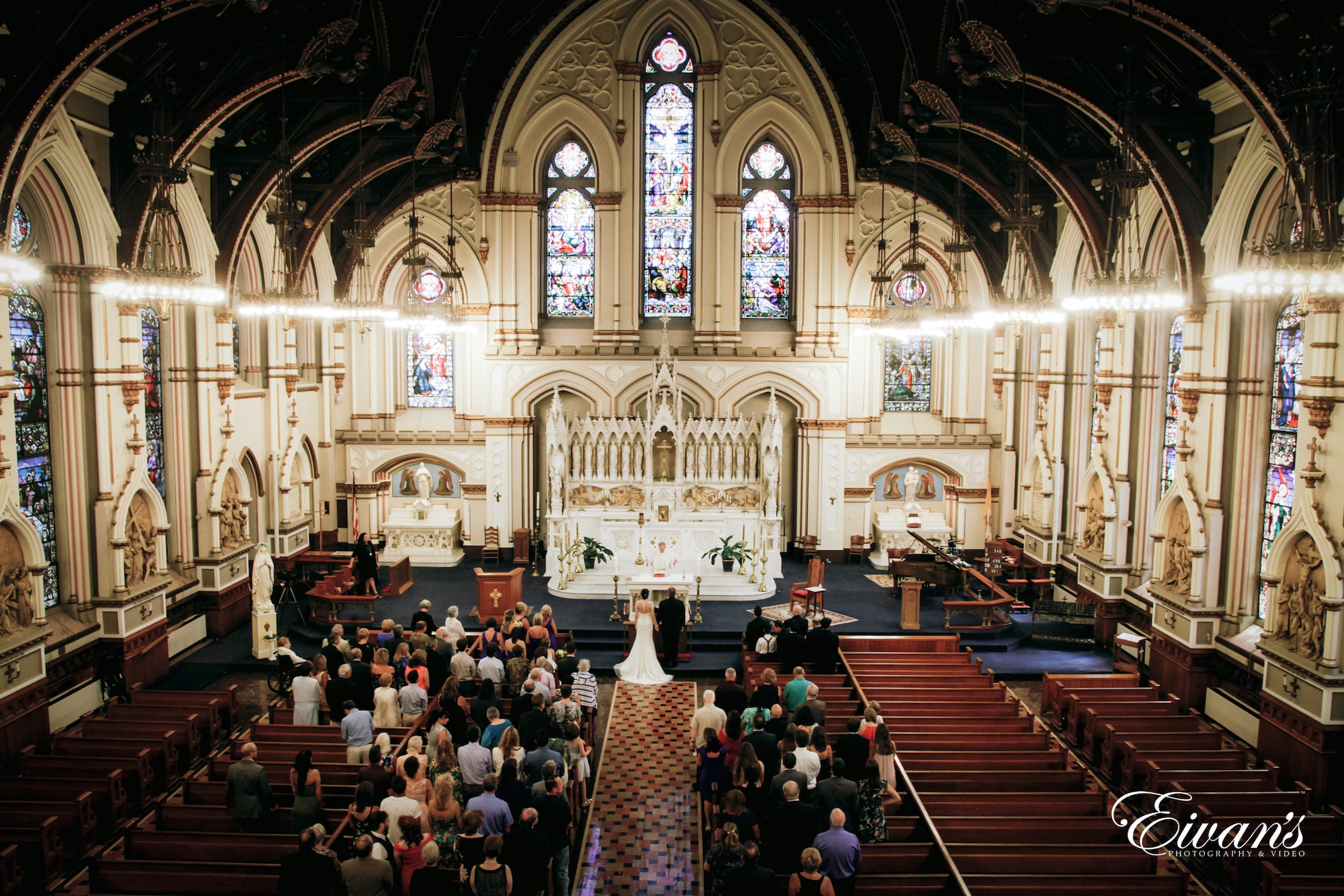
By Eivan’s Wedding Team
Your wedding ceremony will need some choreographed order to run smoothly. From the arrival of the immediate family, the processional of the groom and bride, to the part of the ceremony known as the exit strategy, there needs to be some order.
Here we walk you through the basic timeline of a typical wedding ceremony. We have not broken it down to specifics of any religious or non-religious service. You may choose to conduct your ceremony in a completely different way – after all it’s your big day! Before you complete your personalized wedding program, be sure to ask the wedding officiant if the order of service is fine.
You may choose to conduct your marriage ceremony in a completely different way – after all it’s your big day! Guided by the bible or any other religious or non-religious text of your choice, your wedding planner should help you to incorporate elements like candle lighting, a Catholic tradition, or the chuppah, a Jewish wedding canopy, into your ceremony. Hindu weddings often involve handfasting, the literal tying of the couple’s hands together. Your ceremony might involve the signing of a ketubah, a marriage contract common in Jewish tradition, or a secular unity ceremony like a sand ceremony. Before you complete your personalized wedding program, be sure to ask the wedding officiant if the order of service is fine. This is particularly important if you are inverting the usual order and doing things in reverse order. The order we’ve given here is just a suggestion. Your union is unique and your ceremony should be too. So whether you’re invoking God, the gods, or no deity at all, the most important thing is that your ceremony feels true to you.

Typical Wedding ceremony order of events
- The Procession
- Wedding Officiants opening remarks and address to the couple
- The exchange of vows
- The ring exchange
- The pronouncement of marriage
- The first kiss
- The closing remarks
- The recessional
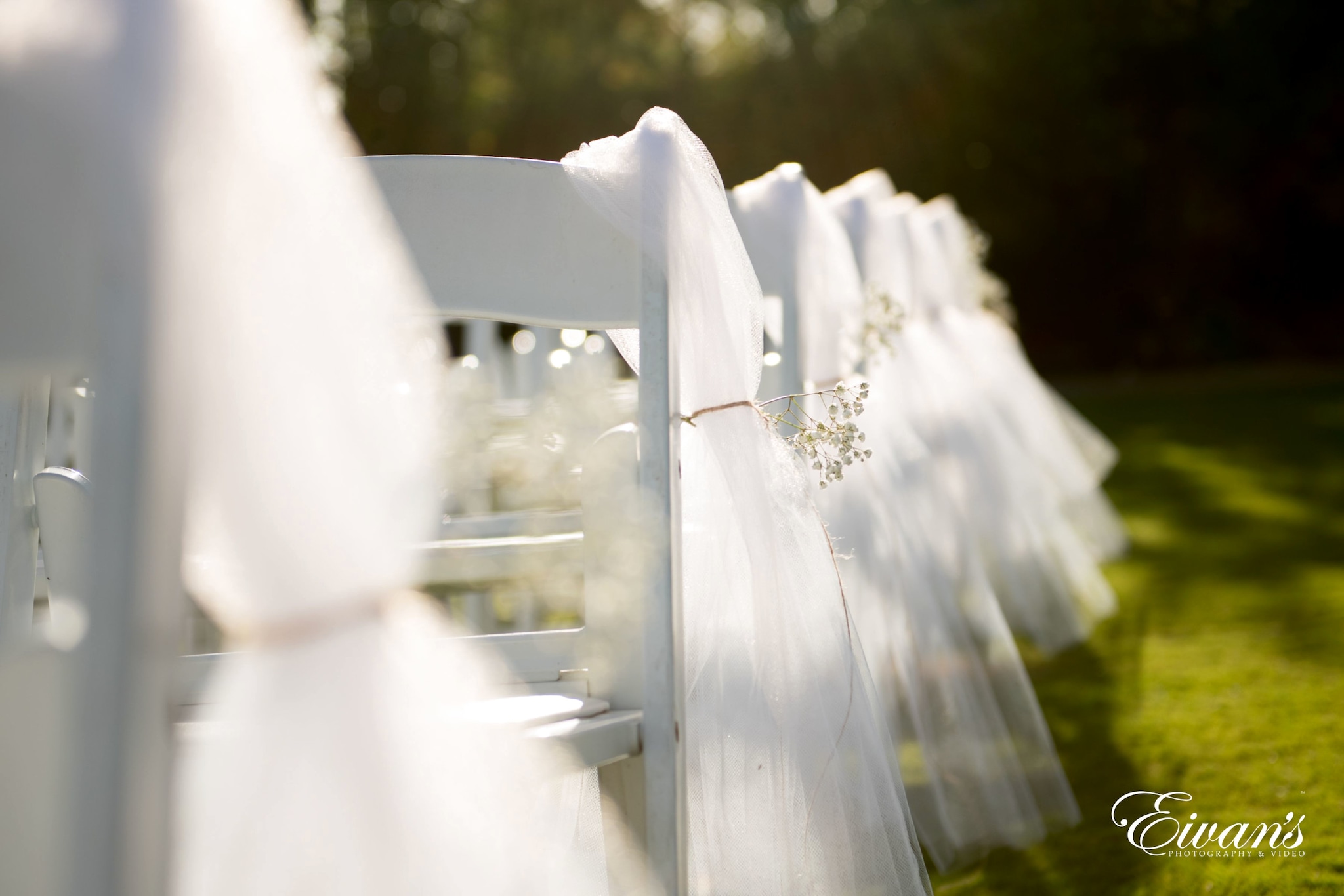
Traditional wedding ceremony Order to help you get ideas on organizing your wedding processional order
Arrival and seating of the guests. On the wedding day, all the wedding guests should arrive before the bridal party and take their seats. The groom’s parents accompany the groom and usually arrives first. The first order of any wedding – traditional or modern is quite natural – showing guests to their seats. Your ushers should have all the guests seated 30 – 45 minutes before the ceremony begins. Ushers should assign guests seats from the front rows to back. This is except for family members and special guests whose seats get reserved. The ushers should have a clear idea of where all parents will sit. This differs from one ceremony to another.
The seating of the parents. Parents are the final guests to settle into their seats. Depending with your kind of wedding, the parents will take their seats according to the plan. The father of the bride and mother of the bride remain behind to walk their daughter down the aisle. Parents are always given the front seats at the ceremony.
The processional. Just before the procession begins, the officiant takes his or her place with the groom to the left and his best man. The procession begins with the bridesmaids escorted by groomsmen. They may walk down in a choreographed dance or a slow paced song. The ring bearers and flower girls prepare the aisle for the bride.
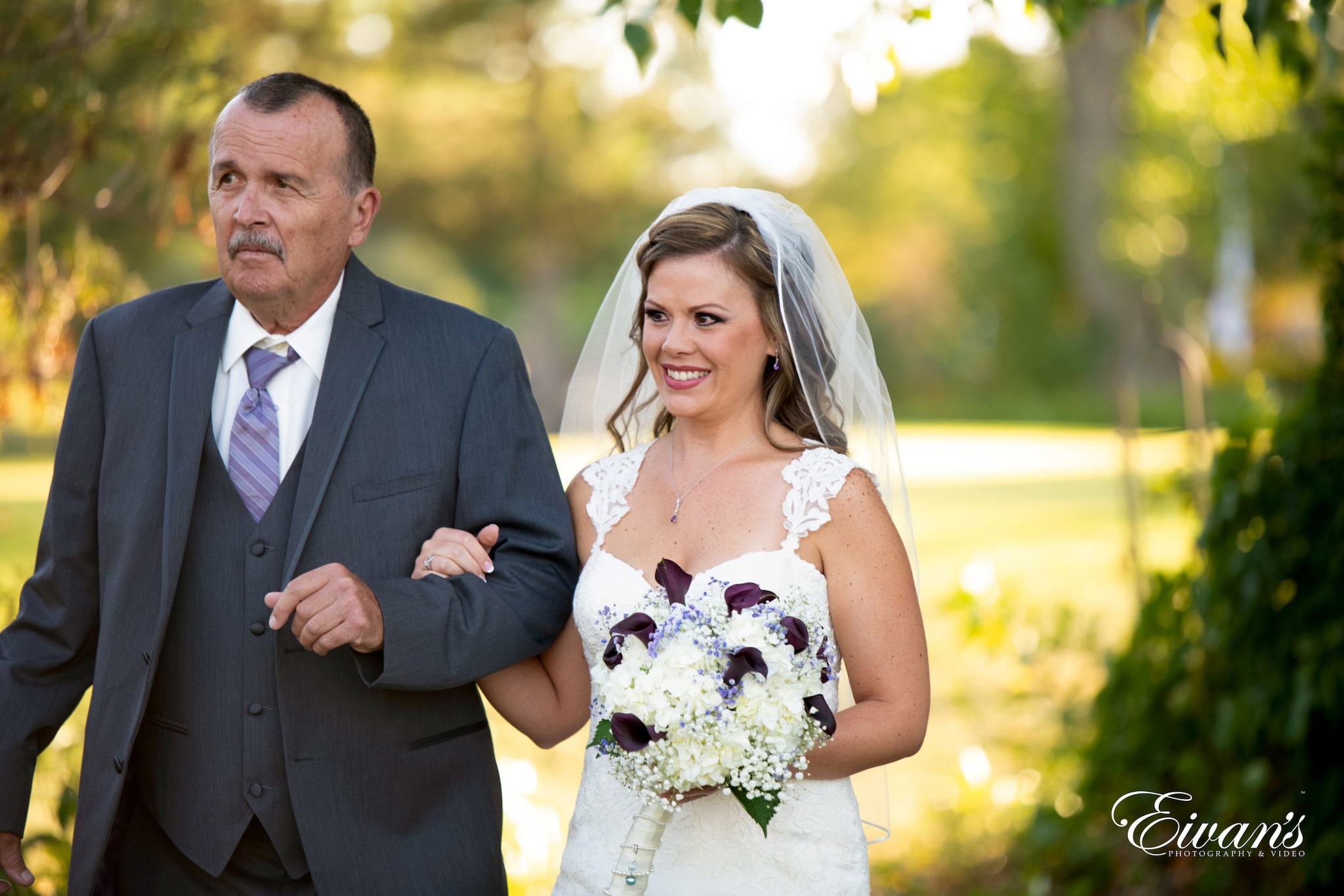
The bride
Finally, the moment all the guests wait for is here! In Christian ceremonies, the bride is escorted by her father holding on his left hand. In Jewish wedding ceremony, the bride is traditionally escorted by both parents. Modern weddings allow both parents to walk their daughter down the aisle. Couples can customize their procession to fit their preferences.
The maid of honor or matron of honor follows behind the bride making sure the gown looks pretty from behind.
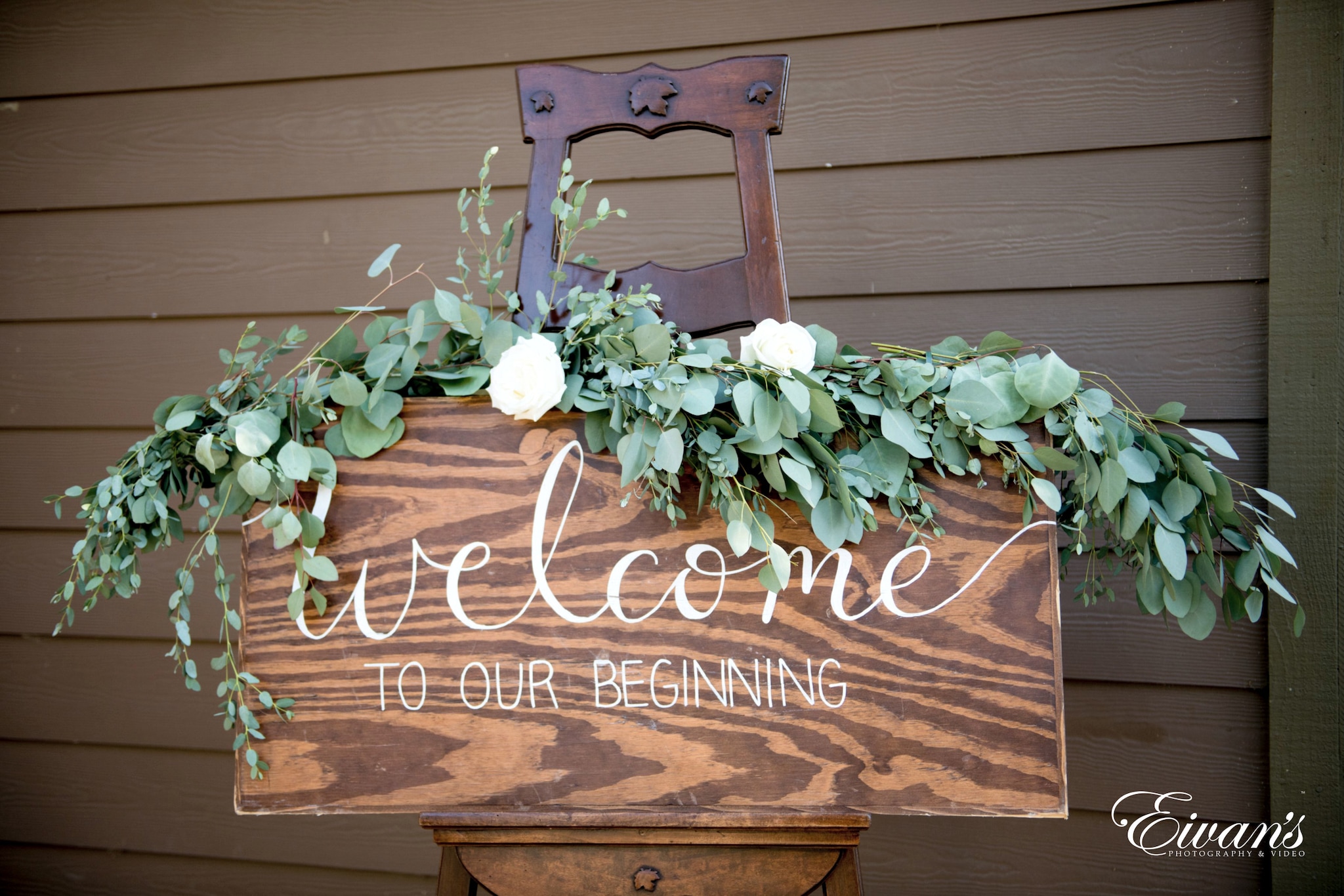
The welcoming speech. With everyone present, the officiant will welcome the guests and establish the reasons for the gathering. Depending on the style of your wedding ceremony, the speech may be short. Or may include
- A combination of prayers
- Readings from the couples faith
- A short love story of the couple
- Anecdotes of the officiant relationship with the couple.
These statements often set the tone for the wedding ceremony outline ahead. They remind the couple of their roles as spouses and the significance of the covenant they are about to enter.
The readings. A religious wedding tradition order includes the readings from the couple’s faith. For a non-religious ceremony, they may read favorite quotes, poems and beautiful passages. Some ceremonies will substitute this with something else or skip this step altogether.
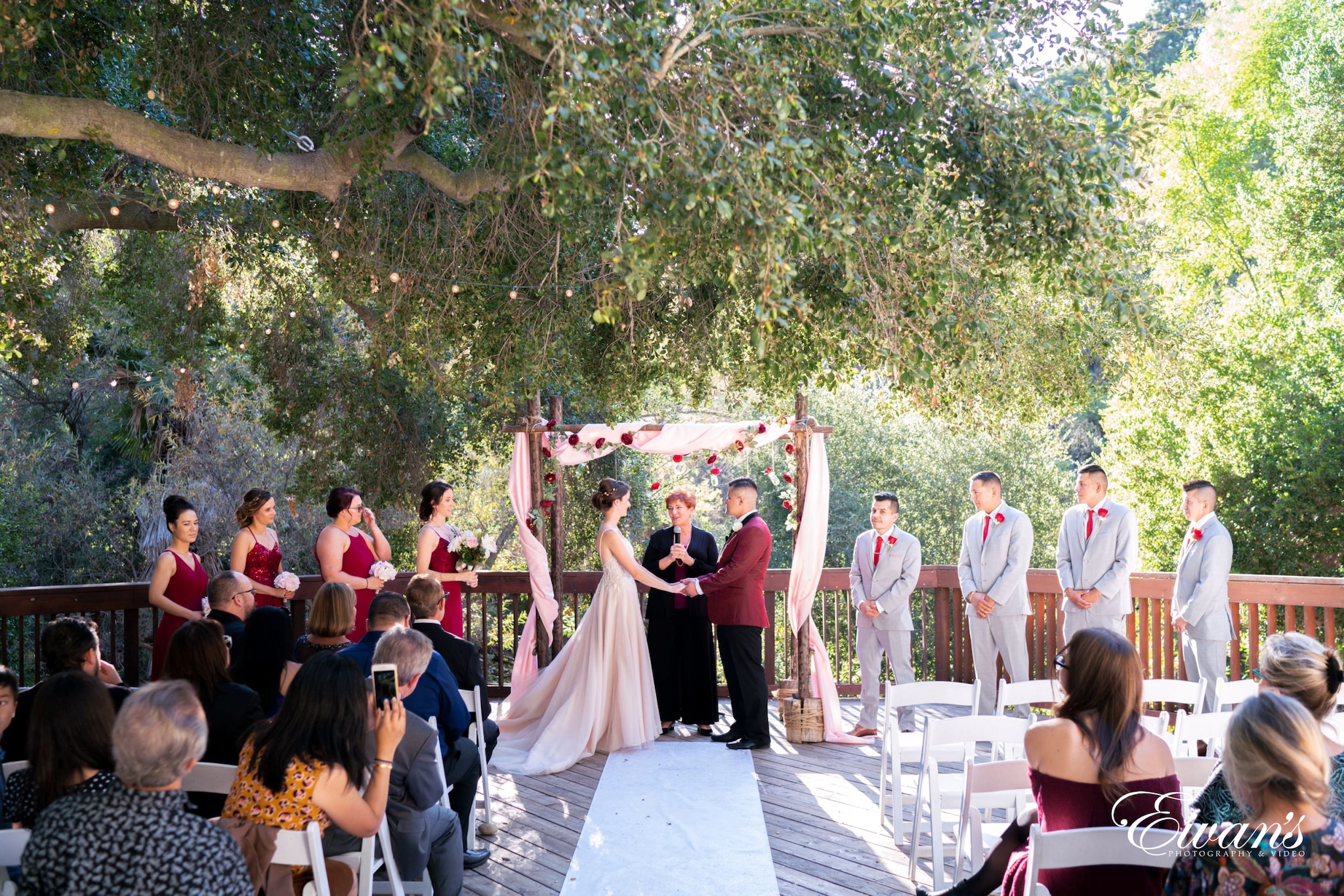
Charge to the couple. Things get a little serious with the officiant talking to the couple about love, relationship, and marriage. This is a direct address to the couple!
Declaration of intent. After the serious address, the officiant will ask the couple important questions. This is to allow them to declare their intent. Do you take this woman to be your wife…? Do you take this man to be your husband? Each person must reply with an “I do” or “yes” or “Hell Yeah” response for the ceremony to go on. The officiant wants to establish if the bride and groom actually want to get married so they can announce them as a married couple in front of all their loved ones.
The wedding vows exchange. Here is the most important part of the wedding party. Consider the promises you make to each other! They could be personal with your own vows or borrowed from traditional ones. Usually, the exchange of vows is led by the groom followed by the bride.
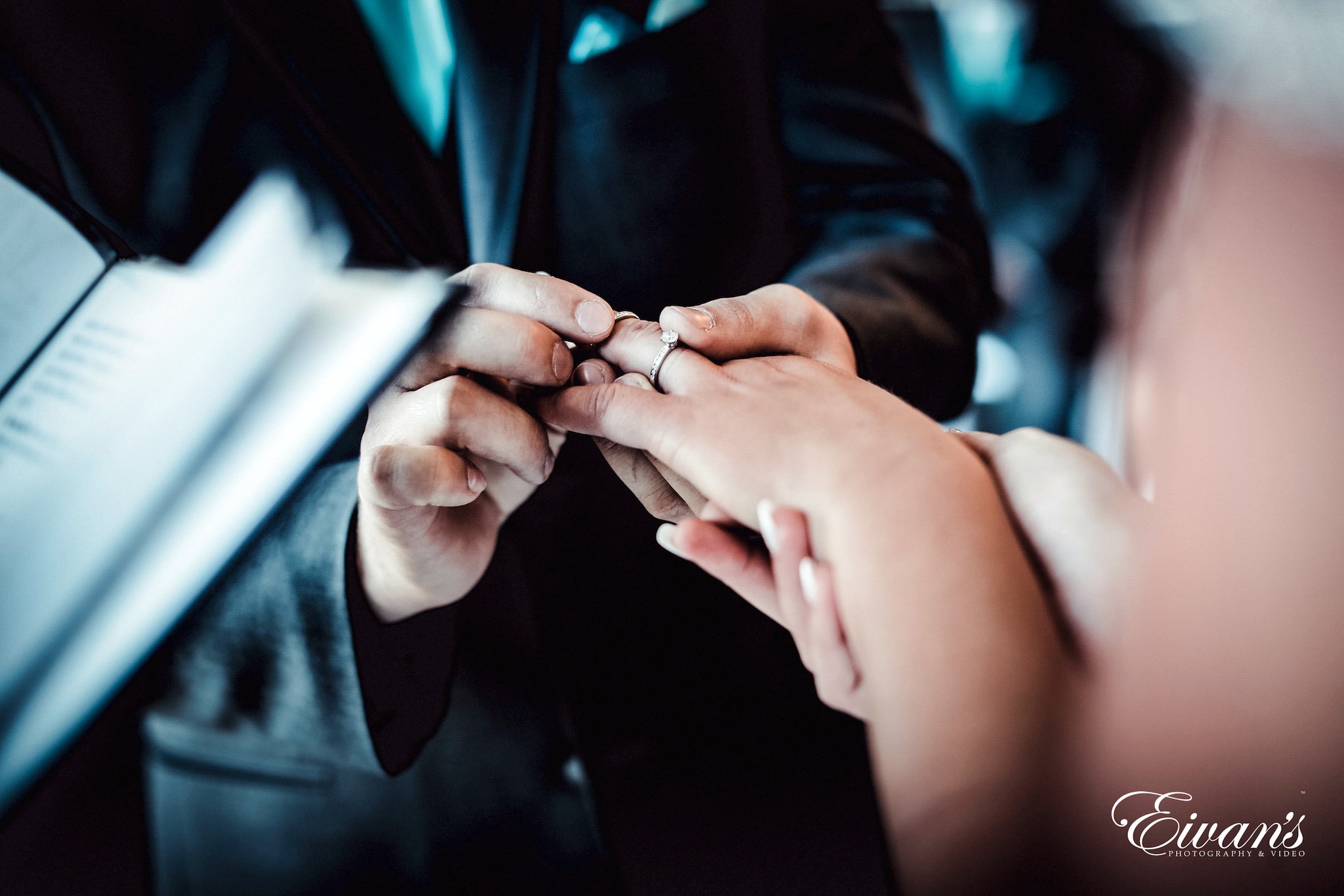
Exchange of rings. The officiant will ask for the rings and the ring bearer will bring them forward. Usually, the officiant leads you with a phrase that you repeat as you exchange wedding rings. If it’s a religious wedding, prayers are said before the ring exchange happen. They are to bring good luck to your marriage. Some couples may light unity candle as a sign of becoming one.
Closing remarks. The Rabbi, minister, priest or officiant gives you his blessings and a few words of conclusion.
Pronouncement of marriage. With vows and rings exchanged, its official for the pronouncement of marriage. You are pronounced as husband and wife and you may have your first kiss to seal the deal.
The recessional. Dancing to the rhythm of your wedding song, you walk up the aisle as newlyweds for the first time. Your bridal party follows shortly behind you. On exit you leave for the wedding photo shoot before joining the guests again at the reception.
The guests are dismissed and begin to mingle as they prepare to go for the wedding reception. This marks the end of the wedding ceremony program.

